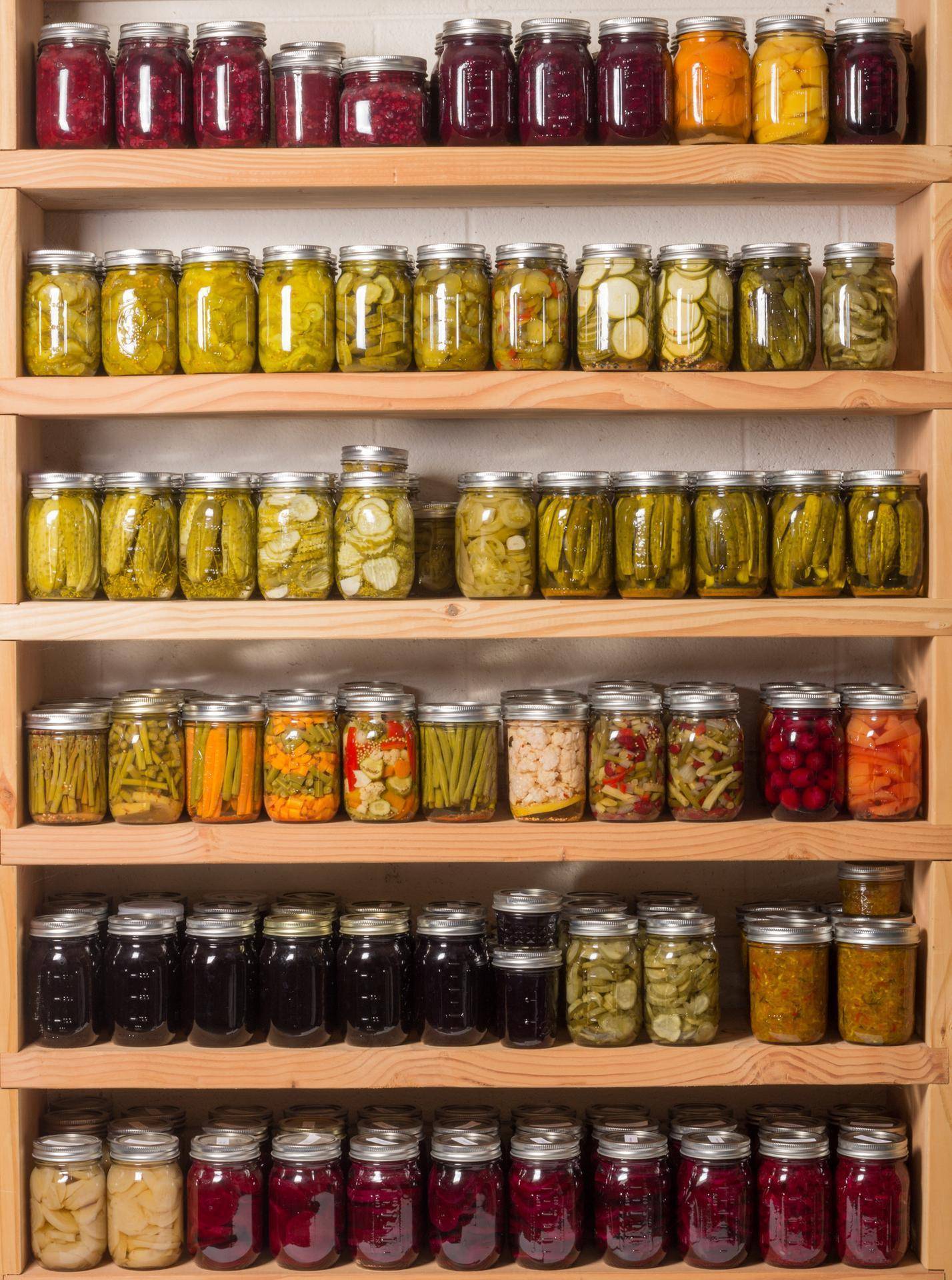By Kathy Riggs
While many people know and understand basic freezing and dehydrating methods for preserving foods, it becomes a different story when they contemplate bottling.
Food preservation is a science- and research-based practice. It is not the same as creative cooking. When preserving food with water-bath or pressure canning, a kitchen must be turned into a laboratory by following instructions exactly and using proper procedures. That is why many home canners are disappointed to learn that their favorite fresh salsa or grandma’s stew is not recommended for home canning, nor are things like butter, bacon or pureed squash.
Here are 12 tips to help guide both the novice and the seasoned home preservation enthusiast:
- Follow canning directions exactly.
- Always use up-to-date, scientifically-tested recipes, and only use approved canning methods (boiling water-bath or pressure).
- Make altitude adjustments by adding more time to water bath canning or increasing pressure for pressure-canned products.
- Be certain that canned products have a proper lid seal.
- Don’t add extra starch, flour or other thickeners to a recipe.
- Don’t add extra onions, chilies, bell peppers or other vegetables to salsas.
- Be sure to properly vent the pressure canner.
- Get your dial-type pressure canner gauges tested annually.
- Don’t use an oven instead of a water bath for processing.
- Be sure to properly acidify canned tomatoes.
- Do not cool the pressure canner under running water.
- Do not let food prepared for “hot pack” processing cool in the jars before placing them in the canner for processing.
If you have questions, the best option for finding safe, scientifically based answers for proper food preservation is to contact your local USU Extension office. For location and contact information, visit https://extension.usu.edu/locations. Additional canning information can be found at canning.usu.edu.
The satisfaction that comes from preserving food is well worth the time and effort it takes. With instruction from approved resources, along with a dash of common sense, this season may be the best ever for adding to your food storage shelves!

